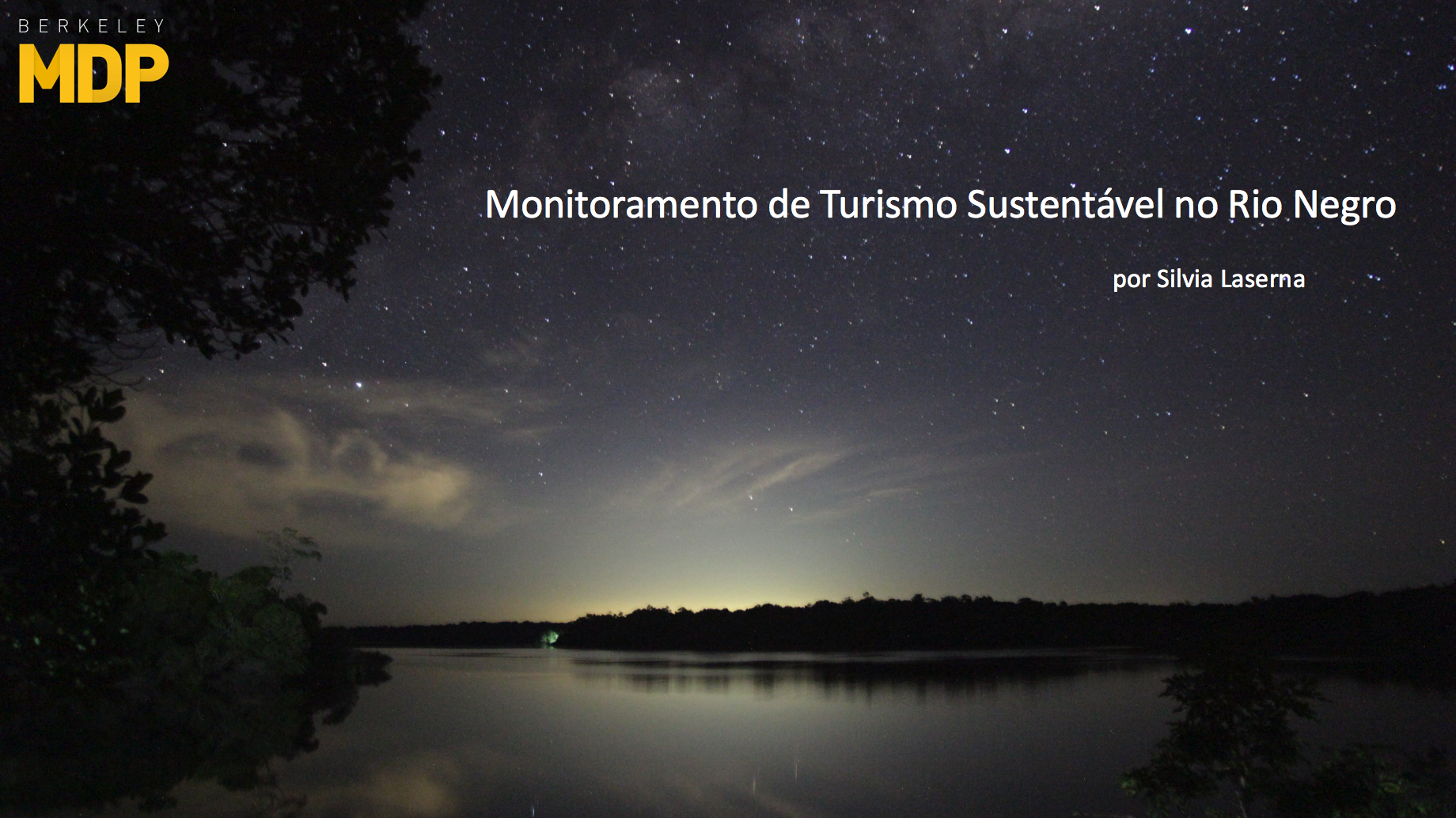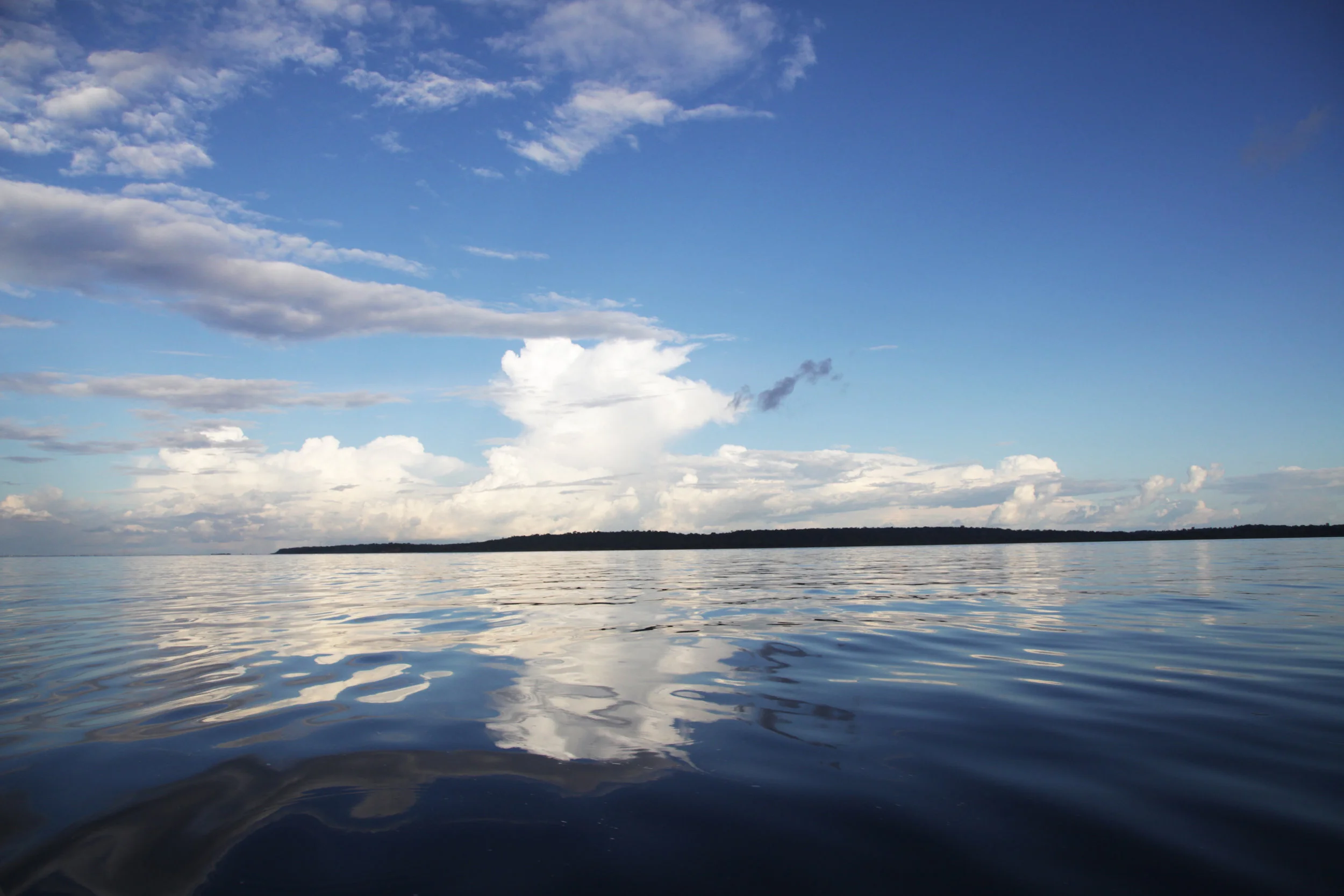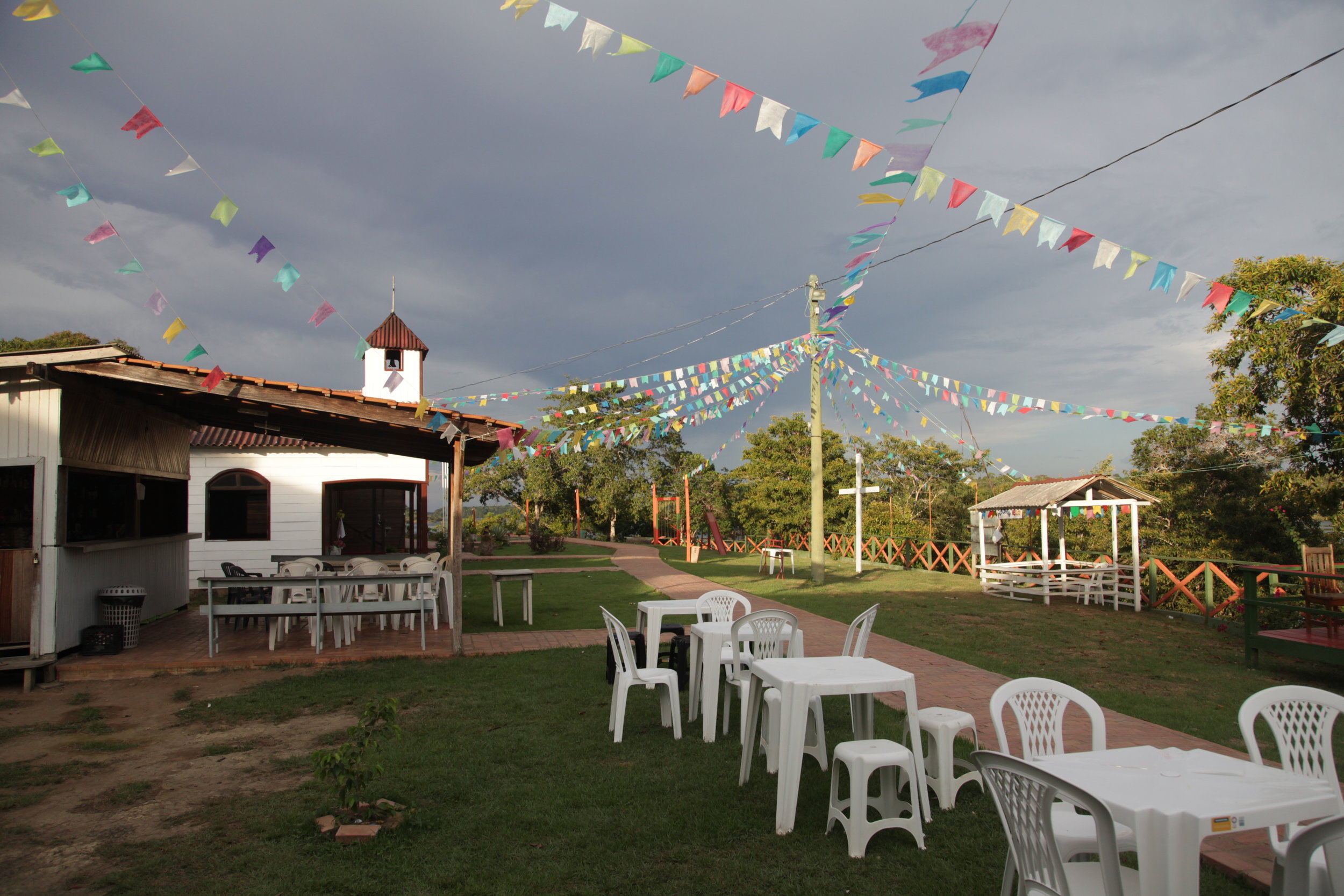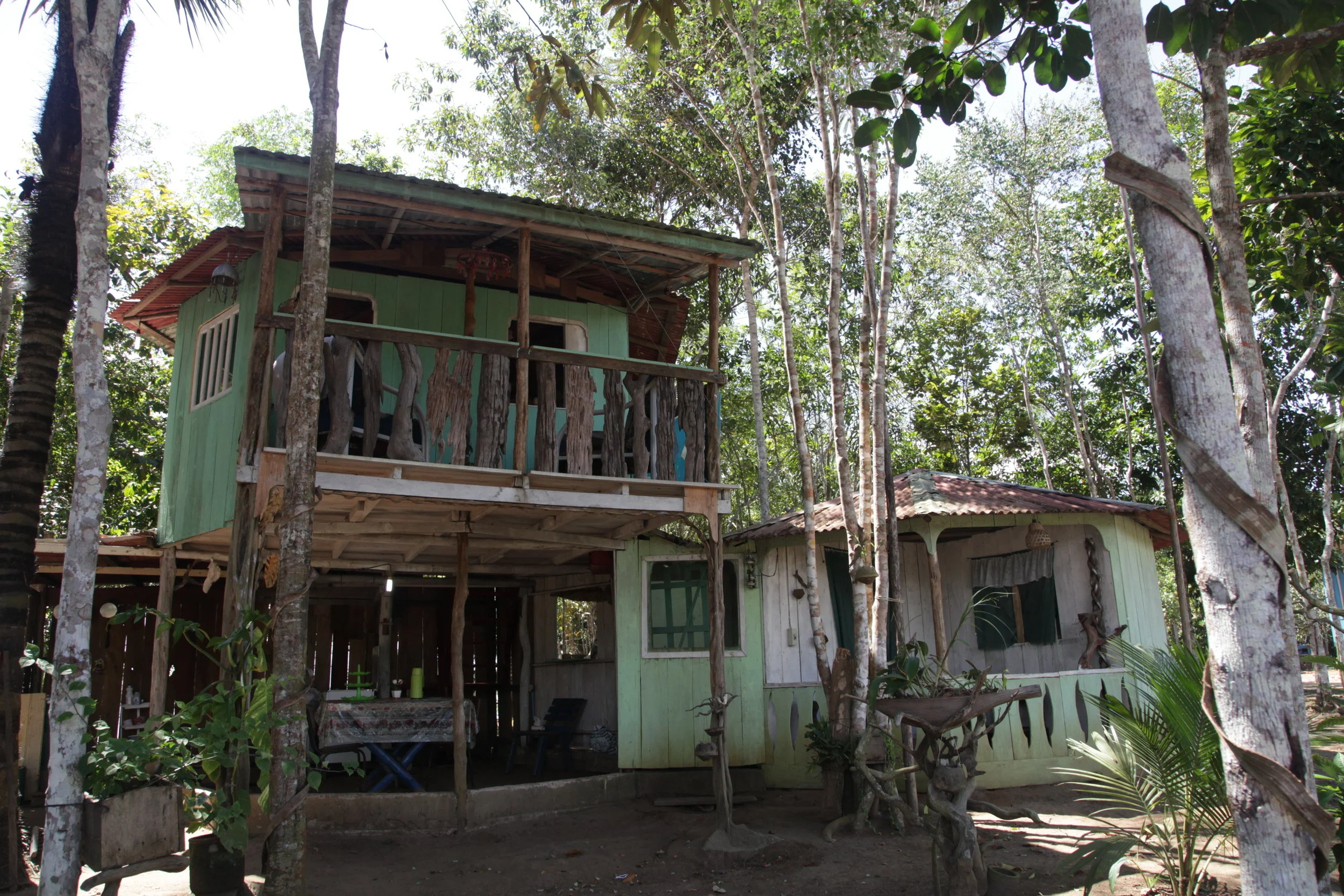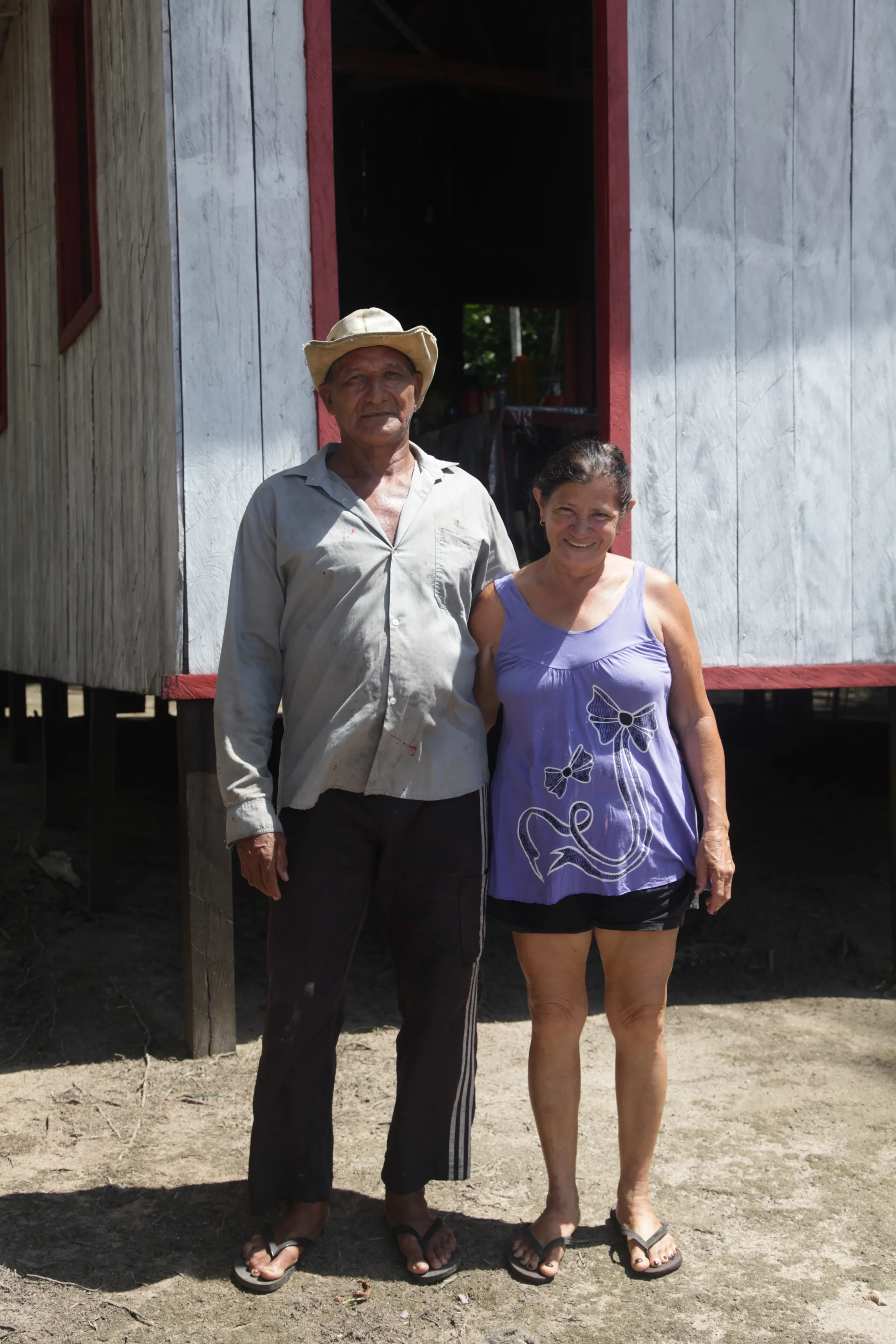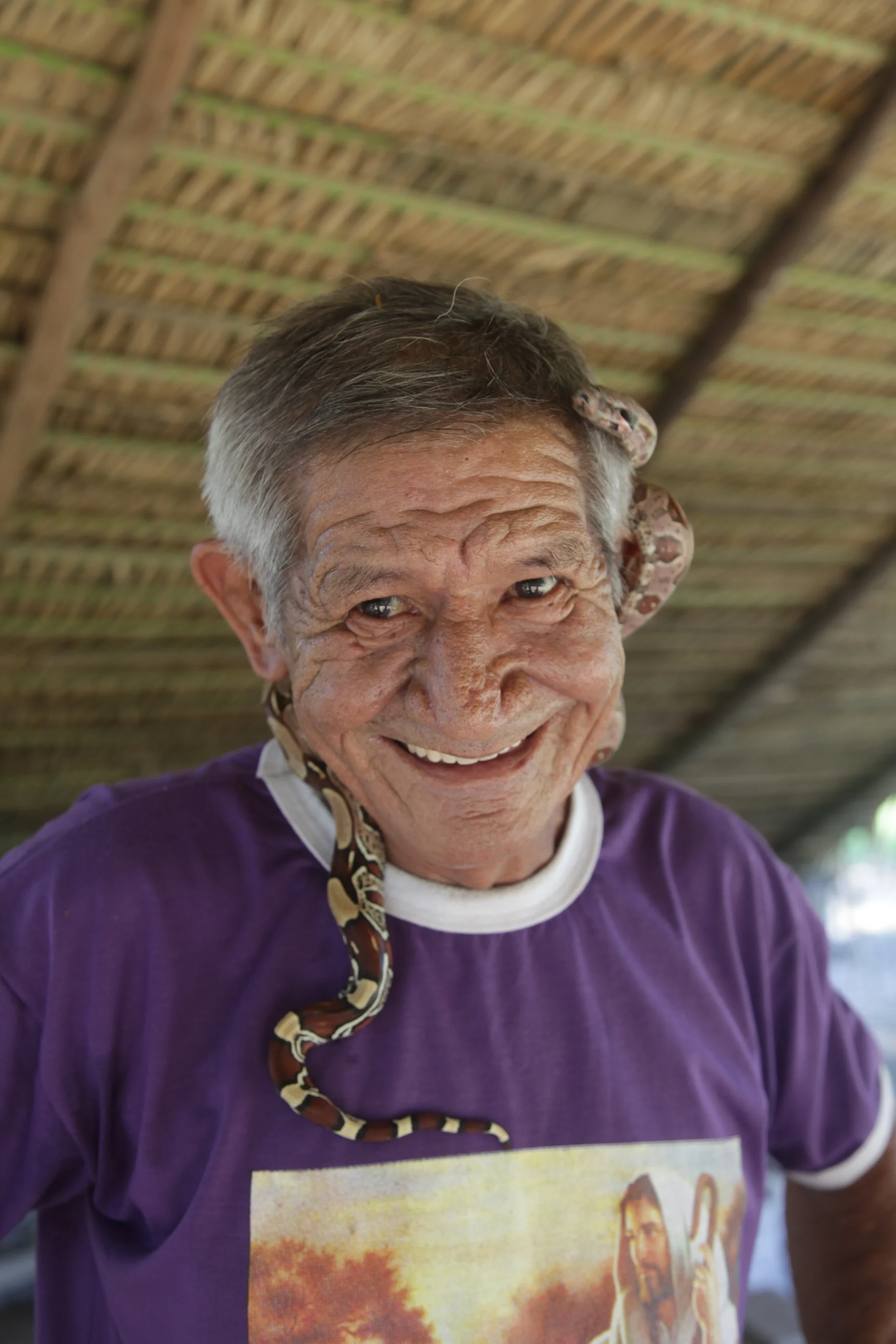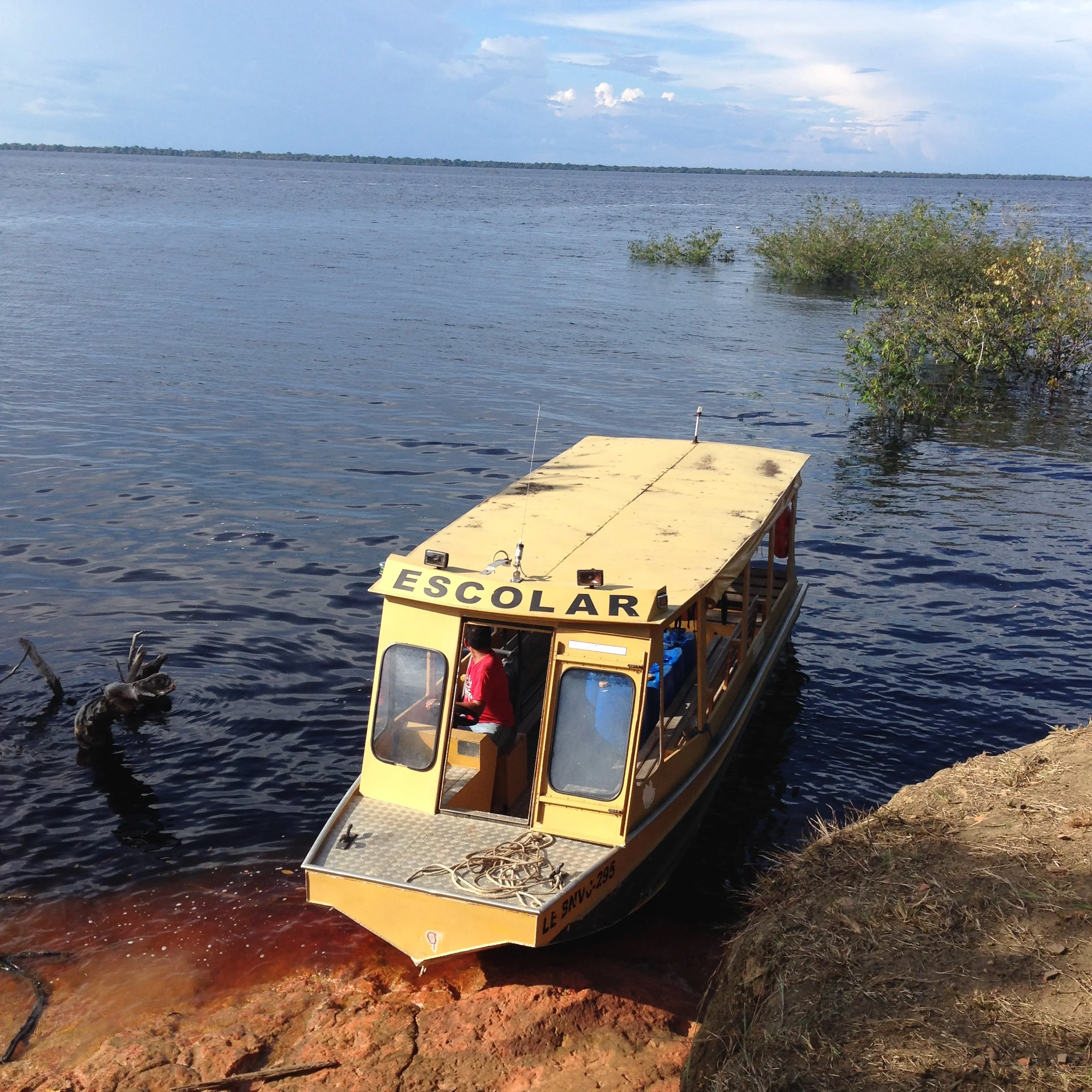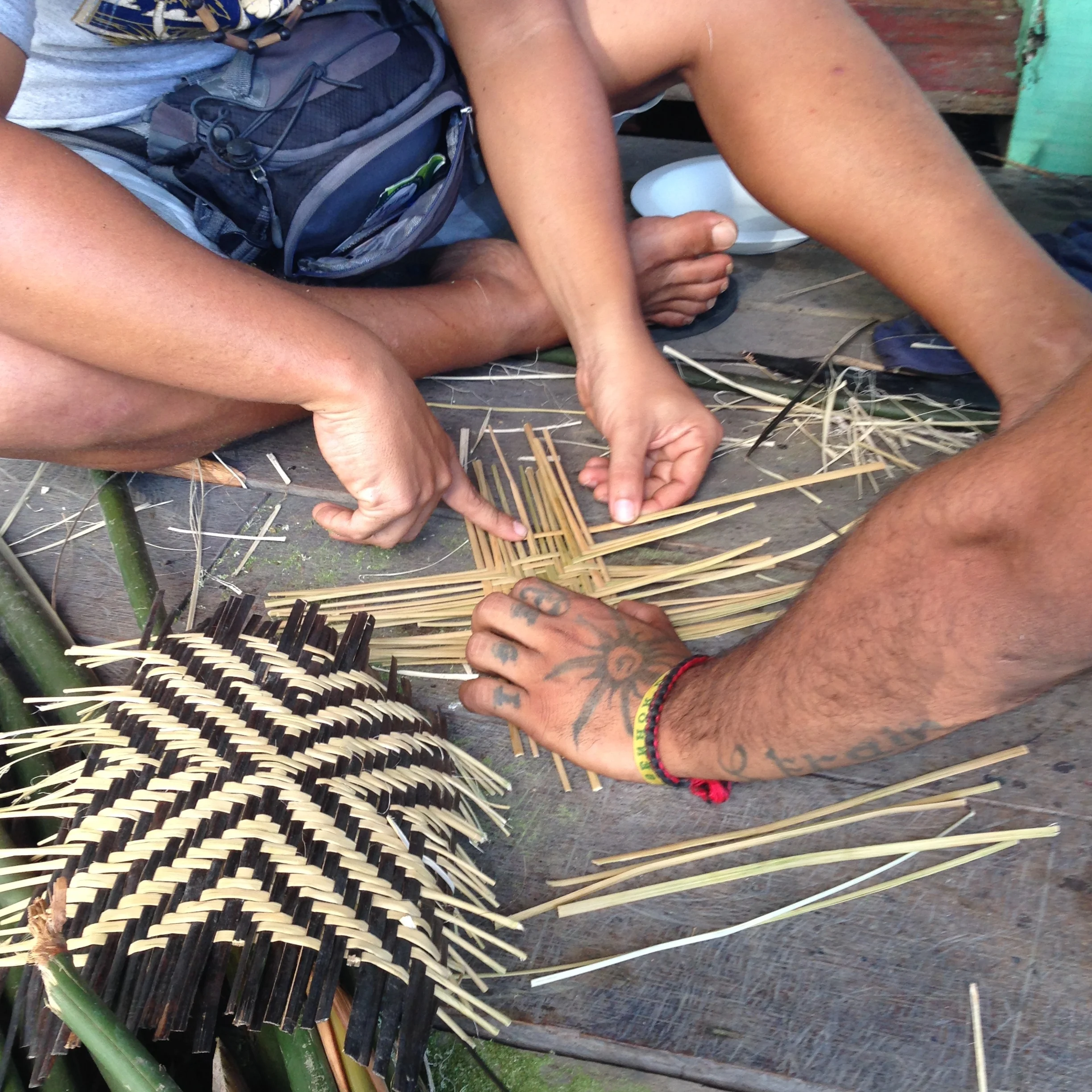SILVIA LASERNA
Helping solve society's most pressing needs with rigor, creativity, and passion.
Challenge:
Design a qualitative monitoring and evaluation tool for the Sustainable Amazon Foundation to measure the impact of community based tourism in the Rio Negro Basin.
Outcome:
An easy to use guide and survey that can be implemented by local communities encompassing economic, environmental and socio-cultural sustainability according to the community’s, the foundation’s and international standards.
Fundação Amazonas Sustentável (FAS) is one of the major NGOs in Brazil promoting “the sustainable involvement, environmental conservation and quality of life of the riverine communities of the Amazon". They train communities on sustainable natural resource management and create economic alternatives like sustainable tourism to replace illegal logging, fishing and mining. FAS monitors thei impact of their programs with quantitative indicators such as revenue generated, people trained or number of visitors.
However, quantitative indicators don’t explain why the tourism initiatives are not having positive results. FAS asked me to complete a stakeholder, contribution and SWOT analysis of their tourism program, to find opportunities for improvement. The result was a set of recommendations to reinforce the tourism program as an income-generating initiative and a qualitative monitoring and evaluation tool to track their sustainability and impact.
Approach:
- Understand the community’s needs, priorities, view of the forest, tourism, and FAS through participant observation, transient walks, group card sorting, mapping and individual semi-structured interviews with a wide variety of community members.
- Become familiar with the current state of community based tourism projects through observation and quantitative data gathered by FAS.
- Gather information from major players in Amazon Conservation regarding major threats to the forest, strategies for conservation and the role of tourism in this scenario through expert interviews.
- Map the local tourism market, understand the needs and concerns of tourism agencies and their stance on community based tourism initiatives through individual semi-structured expert interviews.
- Collect information about international sustainability standards in tourism through literature and digital media review.
“They built the restaurants and the hostels but they didn’t bring the tourists, how will we make money?”
Findings:
- Community based tourism has not replaced natural resource extraction as a source of income in the Rio Negro area.
- FAS provided resources and communities provided labor for infrastructure but neither side has the bandwidth or know-how to commercialize tourism products.
- Family, food security, religion and education are the communities’ main priorities and the forest, government, FAS, tourism and community assembly are ranked significantly lower. Many of the programs implemented by FAS will face resistance or indifference.
- Communities are excited about the prospect of tourism and the youth are interested in working with tourists.
- All major players in Amazon conservation consider that Manaus is the greatest current threat to the Amazon and feel dis-empowered to change this. They also believe that building alliances with communities currently living in the forest is the best way to protect it.
- Tourism agencies don’t deem community based tourism in Rio Negro to be competitive. Foreign visitors prefer to visit isolated indigenous populations and Brazilian tourists are looking for more comfort than the communities can provide.
“Foreigners want to see indigenous people and Brazilian people want comfort. Why would they go to these communities?”
My Role:
- Conducted research through participatory observation, interviews, mapping and literature review
- Completed analysis of gathered data, synthesis of findings and formulated actionable recommendations
- Produced report, monitoring and evaluation tool, users guide and client presentation
